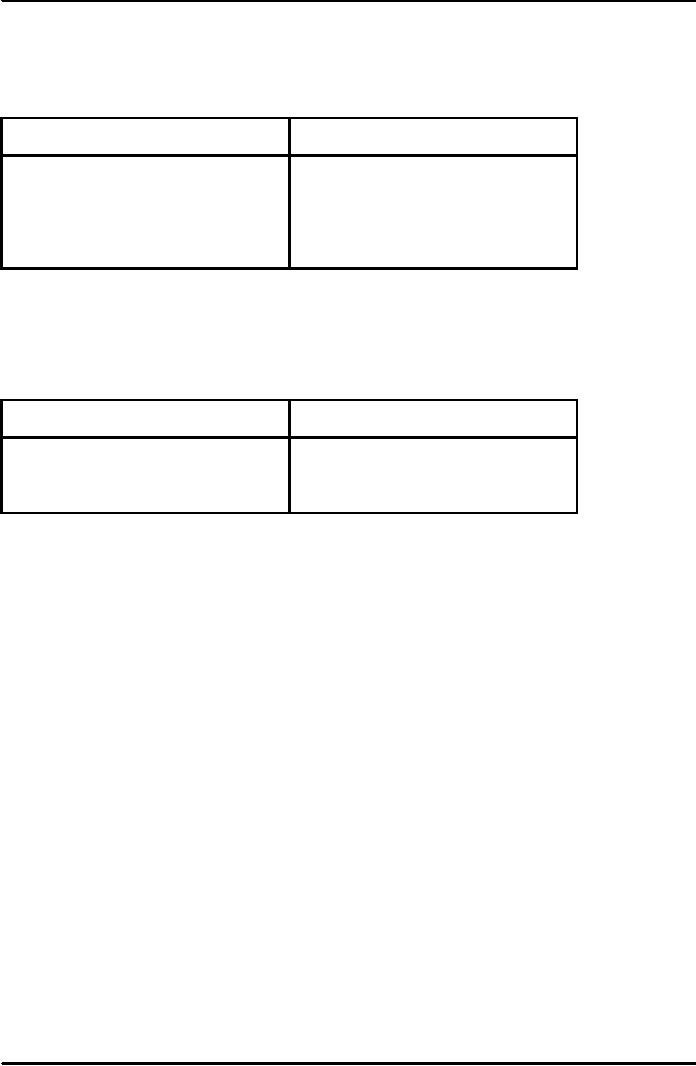 |
INTERCULTURAL COMMUNICATION |
| << CONSIDERATION:Completeness |
| INTERCULTURAL COMMUNICATION:Education, Law and Regulations, Economics >> |

VU
Lecture
12
INTERCULTURAL
COMMUNICATION
Intercultural
Communication
The
Country
The
People of the country
Land
and climate
Population
History
and government
Language
Economy
Religion
Education
Holidays
Transportation
Attitudes
Health
Intercultural
Communication
Verbal
Life
styles of the Country
Cultural
Customs
Position
of the family
Methods
of greeting, one another
Social
and economic levels
Nonverbal
behaviour
Business
hours
Food
Intercultural
Communication
1.
What do you think of a culture in which
people sign their last names
first?
2.
What is your reaction when
two signatures appear at the
bottom of a business
letter?
3.
Why don't people put the month
first, then the day, rather
than day first, then the
month?
4.
What is your impression of a
foreign letter that is
intentionally not
concise?
5.
Some salutations are overly
formal; so are endings. Is
that a concern when your
letters have been
more
casual?
6.
How do you react to long
sentences in letters when
you were taught to write shorter
sentences?
7.
What's your reaction when a letters
ends without a clear
statement of purpose or
action?
8.
What is your feeling toward a
meeting in which there is
little discussion and little
comment until the
senior
and usually older person
speaks and recommends an
answer?
9.
How do you react when
writing problems such as
errors in choice of verb
tense, prepositions, and
articles
frequently
occur in writing?
Intercultural
Communication
Globalization
means that for a Company to
survive, it must establish
markets not only in it
own
country
but also in money foreign
countries.
Thus
employees must understand
other cultures as well as
their own country's ethnic
diversity.
This
chapter introduces you to
three fundamental topics as a basis
for communicating effectively
with
people from the other
countries.
1.
Background to intercultural communication
2.
National cultural variables
33

VU
3.
Individual variables
Intercultural
Communication
To
an understanding of the total communication process.
It is important to have the concept
of
background
which means those aspects
that can either impede or
aid effective communication:
Language,
Culture,
Status, Education and
Age.
Each
person and each country
have its own written
and unwritten rules of behaviour
including
instruction
in communication.
It
is more comfortable to work with people
of your own country. But
International
Communication
demands work with many
foreign countries and
people.
Intercultural
Communication
Background
to Intercultural Communication
Many
personal and national
variables affect both senders
and receivers of
messages.
34
Table of Contents:
- COMMUNICATION:Definition of Communication, Communication & Global Market
- FLOW OF COMMUNICATION:Internal Communication, External Communication
- THEORIES OF COMMUNICATION:Electronic Theory, Rhetorical Theory
- THE PROCESS OF COMMUNICATION & MISCOMMUNICATION:Message
- BARRIERS IN EFFECTIVE COMMUNICATION /COMMUNICATION FALLOFF
- NON- VERBAL COMMUNICATION:Analysing Nonverbal Communication
- NON- VERBAL COMMUNICATION:Environmental Factors
- TRAITS OF GOOD COMMUNICATORS:Careful Creation of the Message
- PRINCIPLES OF BUSINESS COMMUNICATION:Clarity
- CORRECTNESS:Conciseness, Conciseness Checklist, Correct words
- CONSIDERATION:Completeness
- INTERCULTURAL COMMUNICATION
- INTERCULTURAL COMMUNICATION:Education, Law and Regulations, Economics
- INDIVIDUAL CULTURAL VARIABLES:Acceptable Dress, Manners
- PROCESS OF PREPARING EFFECTIVE BUSINESS MESSAGES
- Composing the Messages:THE APPEARANCE AND DESIGN OF BUSINESS MESSAGES
- THE APPEARANCE AND DESIGN OF BUSINESS MESSAGES:Punctuation Styles
- COMMUNICATING THROUGH TECHNOLOGY:Email Etiquette, Electronic Media
- BASIC ORGANIZATIONAL PLANS:Writing Goodwill Letters
- LETTER WRITING:Direct Requests, Inquiries and General Requests
- LETTER WRITING:Replies to Inquiries, Model Letters
- LETTER WRITING:Placing Orders, Give the Information in a Clear Format
- LETTER WRITING:Claim and Adjustment Requests, Warm, Courteous Close
- LETTER WRITING:When The Buyer Is At Fault, Writing Credit Letters
- LETTER WRITING:Collection Letters, Collection Letter Series
- LETTER WRITING:Sales Letters, Know your Buyer, Prepare a List of Buyers
- MEMORANDUM & CIRCULAR:Purpose of Memo, Tone of Memorandums
- MINUTES OF THE MEETING:Committee Membersí Roles, Producing the Minutes
- BUSINESS REPORTS:A Model Report, Definition, Purpose of report
- BUSINESS REPORTS:Main Features of the Report, INTRODUCTION
- BUSINESS REPORTS:Prefatory Parts, Place of Title Page Items
- MARKET REPORTS:Classification of Markets, Wholesale Market
- JOB SEARCH AND EMPLOYMENT:Planning Your Career
- RESUME WRITING:The Chronological Resume, The Combination Resume
- RESUME & APPLICATION LETTER:Personal Details, Two Types of Job Letters
- JOB INQUIRY LETTER AND INTERVIEW:Understanding the Interview Process
- PROCESS OF PREPARING THE INTERVIEW:Planning for a Successful Interview
- ORAL PRESENTATION:Planning Oral Presentation, To Motivate
- ORAL PRESENTATION:Overcoming anxiety, Body Language
- LANGUAGE PRACTICE AND NEGOTIATION SKILLS:Psychological barriers
- NEGOTIATION AND LISTENING:Gather information that helps you
- THESIS WRITING AND PRESENTATION:Write down your ideas
- THESIS WRITING AND PRESENTATION:Sections of a Thesis (Format)
- RESEARCH METHODOLOGY:Studies Primarily Qualitative in Nature
- RESEARCH METHODOLOGY:Basic Rules, Basic Form, Basic Format for Books